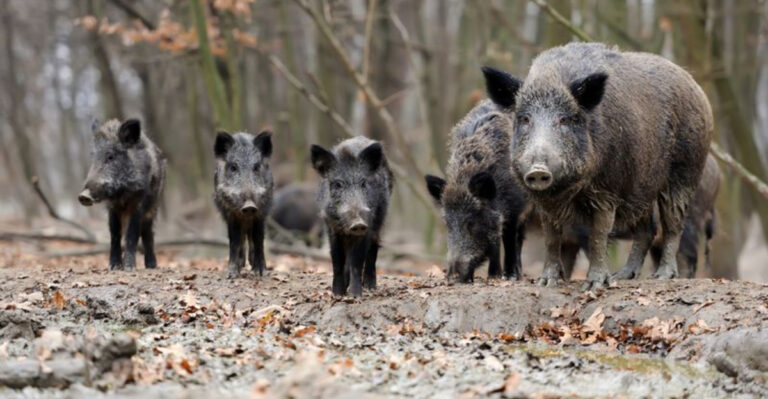15 Important Reasons You Shouldn’t Treat Your Cat Like A Dog
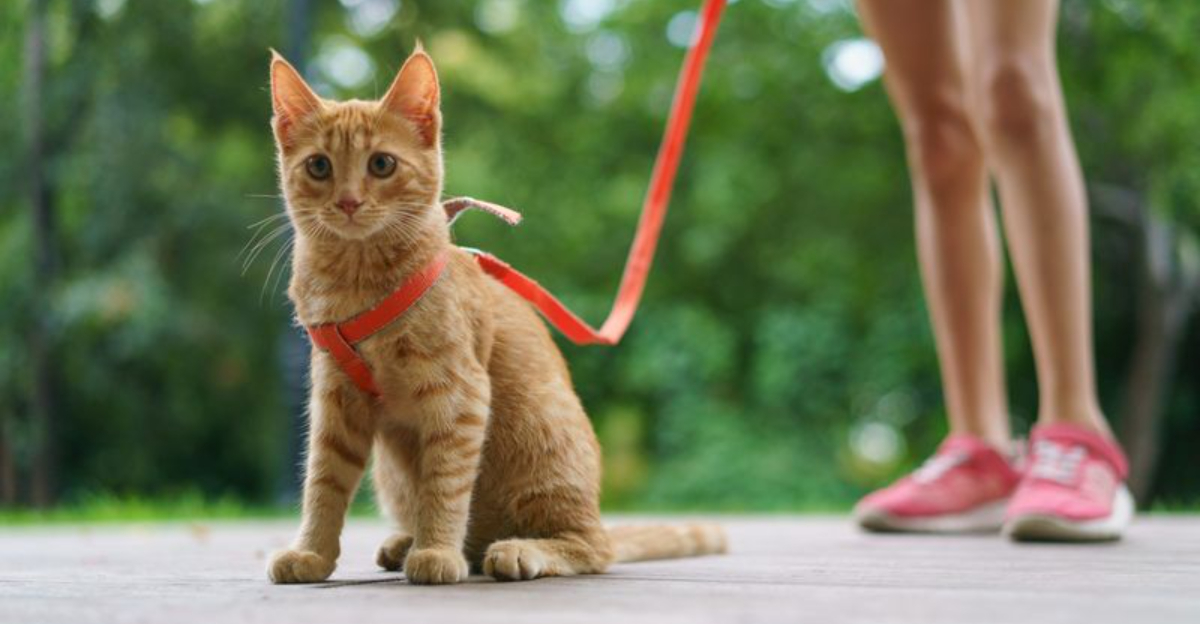
Cats and dogs might both have four legs and fur, but they’re as different as ice cream and broccoli! Many new pet owners make the mistake of using dog-training methods on their feline friends.
Understanding what makes cats unique isn’t just interesting – it’s essential for building a happy relationship with your whiskered companion.
1. Cats Hate Leash Walking
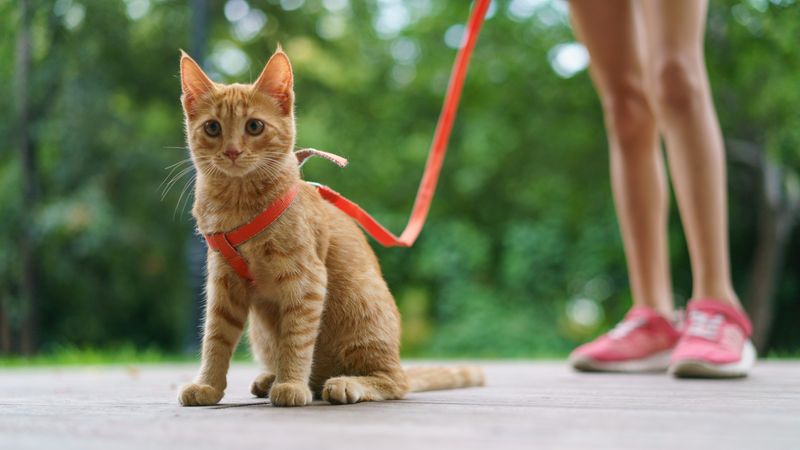
Most felines freeze or flop dramatically when you try putting them on a leash. Their independent nature makes them resist being led around like puppies.
While some cats can be harness-trained with patience, most will never enjoy neighborhood strolls the way dogs do. Their territory-based instincts make them prefer familiar spaces over new adventures.
2. Different Social Structures

Throw a party and watch your cat vanish! Unlike pack-oriented dogs, cats evolved as solitary hunters who don’t crave social gatherings.
Forcing your cat to participate in group activities can cause serious stress. Their ancestral programming tells them large gatherings might mean danger, not fun. Respecting this fundamental difference keeps your cat mentally healthy.
3. Belly Rubs Are A Trap

That exposed fluffy belly isn’t always an invitation! Many cats display their tummies as a sign of trust, not a request for touching.
Unlike most dogs who melt during belly scratches, cats often react with claws and teeth when you take the bait.
This isn’t meanness – it’s instinct. The belly is their most vulnerable area, and protective reflexes kick in when touched there.
4. Water Wars
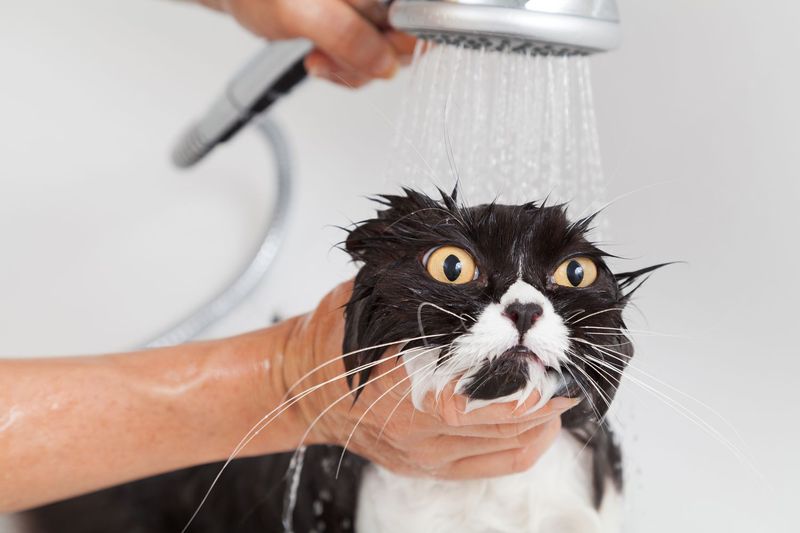
Ever seen a Labrador avoid swimming? Rarely! Meanwhile, most cats treat water like it’s made of lava.
Forcing swimming lessons on your cat isn’t just futile – it’s cruel. Their fur doesn’t dry quickly like many dog breeds, leaving them cold and uncomfortable. Plus, their wild ancestors rarely needed to swim, so evolution never gave them the same aquatic enthusiasm.
5. Punishment Doesn’t Work
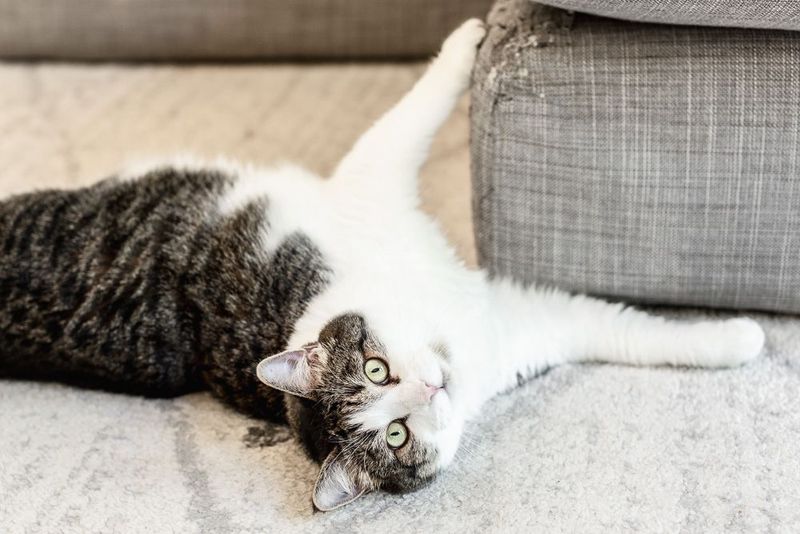
Spray bottles and stern voices might correct a dog, but they’ll only damage your relationship with a cat. Felines don’t connect punishment with behavior the way canines do.
Instead of learning not to jump on counters, cats learn to fear you. Their brains process discipline differently, focusing on escape rather than understanding. Positive reinforcement is the only effective teaching tool for these independent thinkers.
6. Bathroom Privacy Preferences
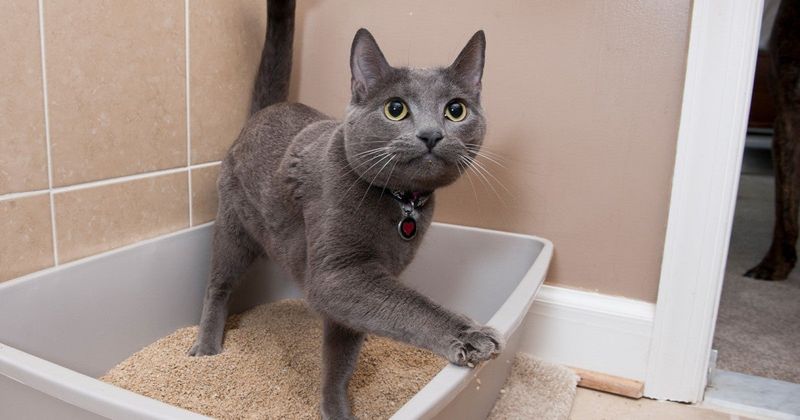
While your dog might happily do their business with an audience, cats are notorious privacy seekers. Their wild instincts make them feel vulnerable during bathroom moments.
Watching or disturbing a cat in their litter box can lead to anxiety and elimination problems. Clean, private litter areas respect their natural dignity.
7. Playtime Differences
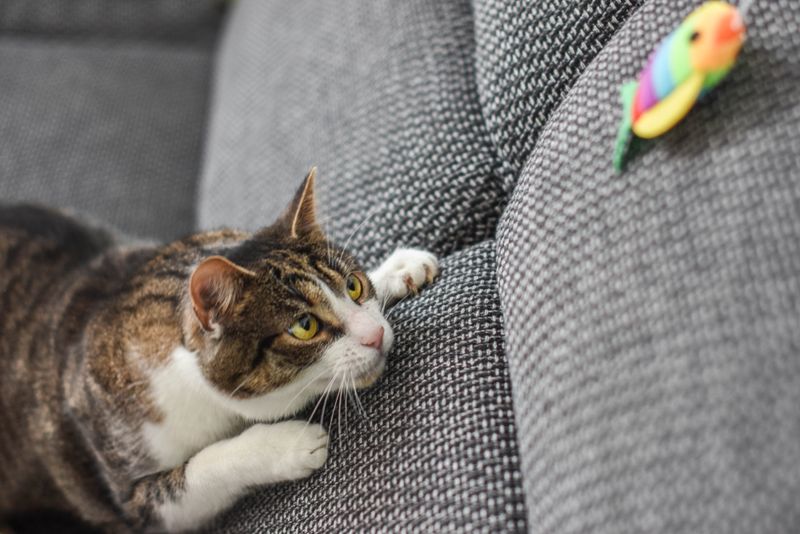
Rough-housing that delights your dog might terrify your cat! Feline play mimics hunting – all about stalking, pouncing, and quick retreats.
Tug-of-war games that dogs love can frustrate cats or trigger aggressive responses. They prefer toys that move like prey, not wrestling matches. Understanding these play preferences prevents accidental scratches and creates genuinely enjoyable bonding moments tailored to their natural instincts.
8. Food Begging Behaviors
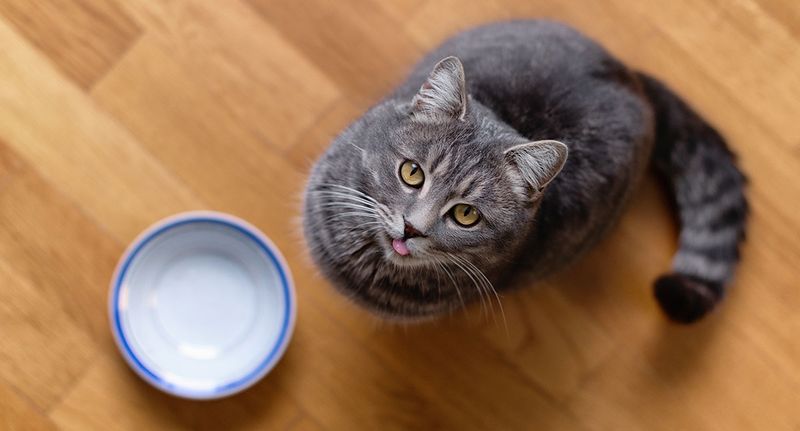
Giving in to a dog’s puppy eyes at dinner might create an annoying habit. With cats, it creates a monster! Felines become incredibly persistent once they learn begging works.
Their hunting instincts make them relentless when pursuing potential food. Unlike dogs who might eventually give up, cats will wake you at 3 AM, knock items off shelves, or develop problematic behaviors that last for years if table scraps become an expectation.
9. Alone Time Requirements
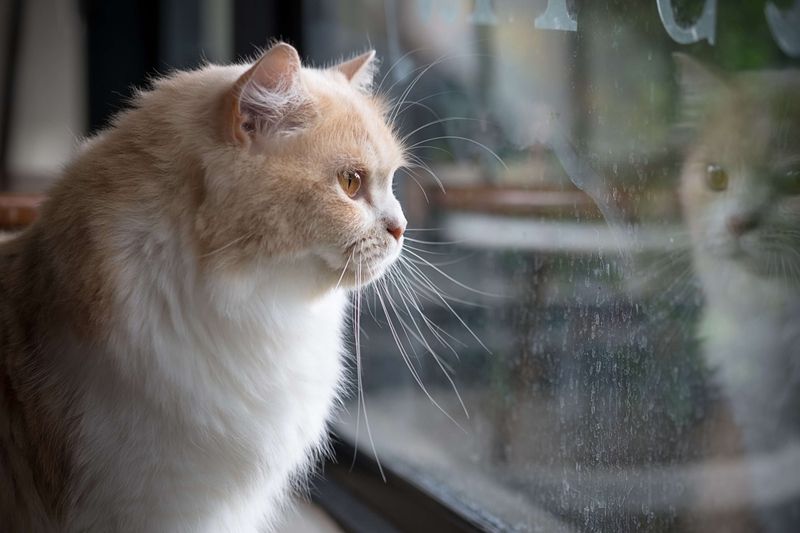
Dogs typically pine for company while cats often demand solitude. Constantly calling or carrying your cat around like a puppy disrupts their natural need for independence.
Respecting feline alone time builds trust. When cats retreat to their special spots, they’re not being antisocial – they’re recharging. This fundamental difference explains why cats often seek attention precisely when you’re busy, having fulfilled their solitude quota.
10. Travel Trauma
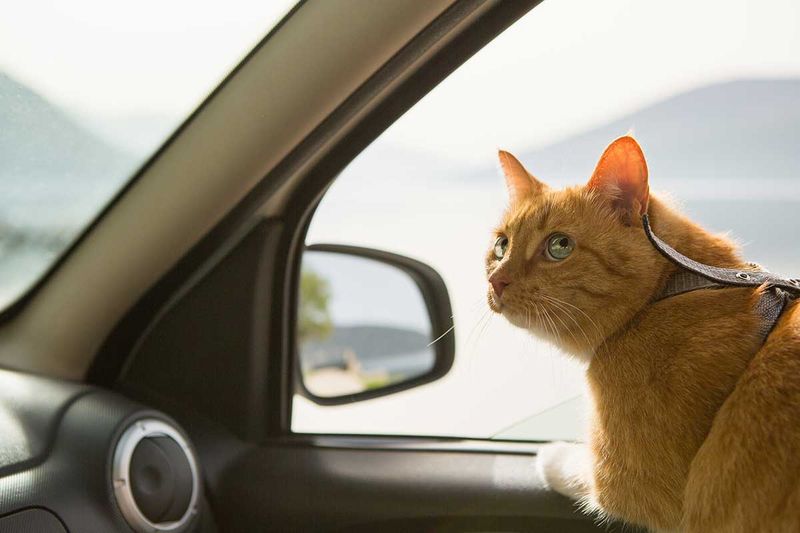
Road trips with dogs often mean happy head-out-the-window moments. For most cats, car rides equal pure terror!
Their territorial nature makes leaving familiar surroundings extremely stressful. While dogs adapt to new environments with excitement, cats need days or weeks to feel secure again.
11. Vocal Command Resistance
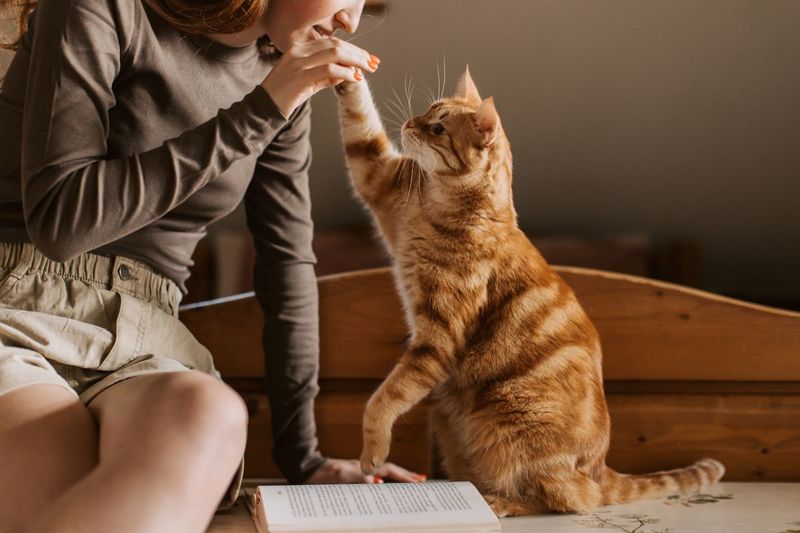
Shouting “sit” works wonders for dogs but falls on deliberately deaf ears with cats. Their independent evolution never required following group commands like pack animals do.
Cats can learn their names and simple cues, but their motivation differs completely from dogs. Where canines have an innate desire to please pack leaders, felines operate on a “what’s in it for me?” basis. Training requires working with this mindset, not against it.
12. Nighttime Activity Patterns
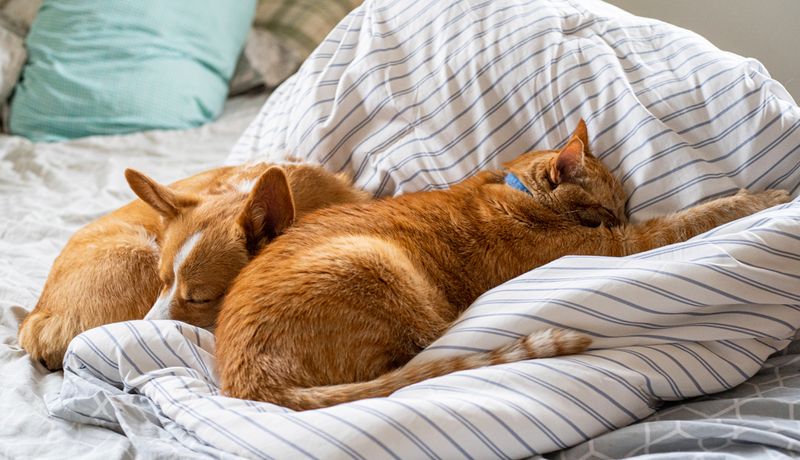
Expecting your cat to sleep when you do ignores thousands of years of evolution! Their crepuscular nature makes dawn and dusk their prime activity hours.
Dogs adapt to human schedules relatively easily. Cats, however, follow ancestral hunting patterns regardless of your alarm clock. Trying to force daytime play and nighttime sleep often results in 3 AM zoomies across your sleeping face.
13. Greeting Rituals
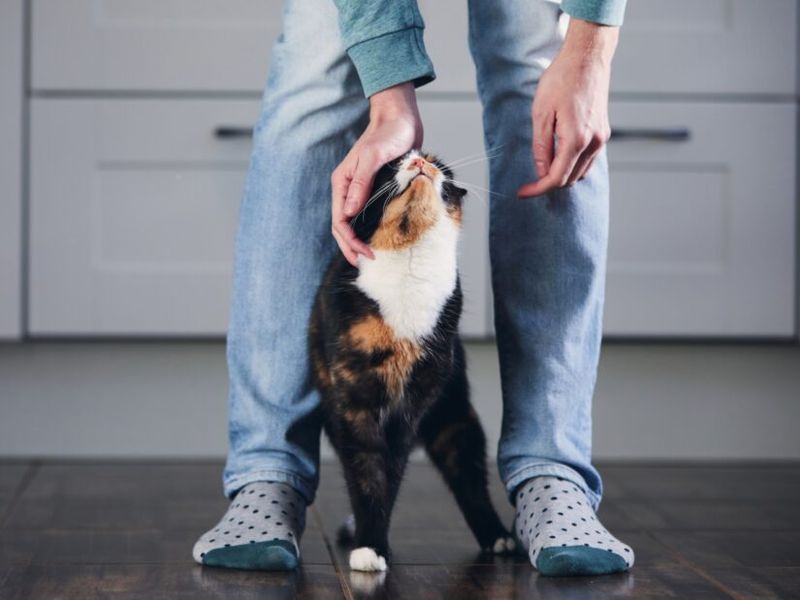
Dogs typically explode with joy when you return home. Cats might glance up briefly before returning to their nap, leaving dog owners confused or hurt.
This isn’t rejection – it’s normal feline communication. Their subtle greetings (slow blinks, tail positions, or appearing “coincidentally” nearby) are actually sophisticated welcome signals. Learning to read these quiet hellos prevents misunderstanding their genuine but different affection style.
14. Territory Marking Methods
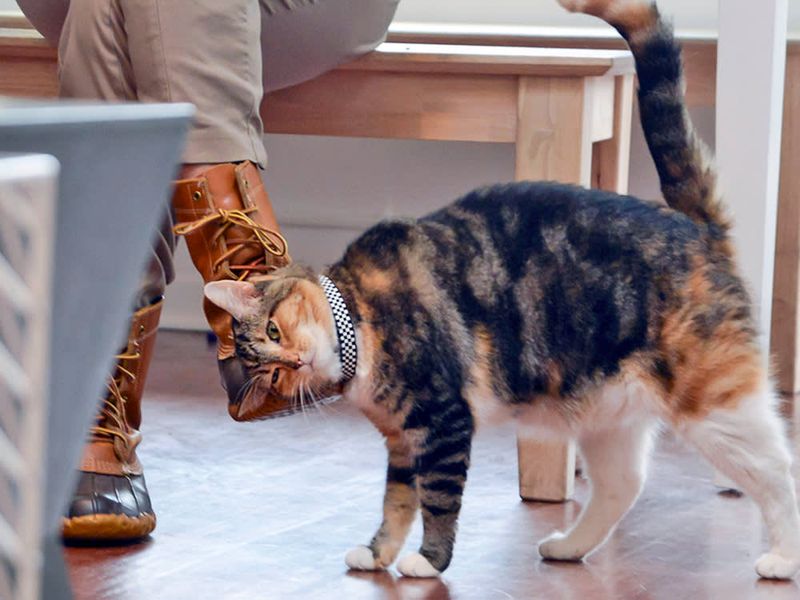
Dogs mark territory on walks. Cats mark everything – including you! Their cheek rubbing deposits scent markers that say “mine” to other cats.
Misunderstanding this behavior as random affection misses its true purpose. When your cat headbutts your leg or rubs against furniture, they’re creating a complex scent map of their domain.
15. Grooming Expectations
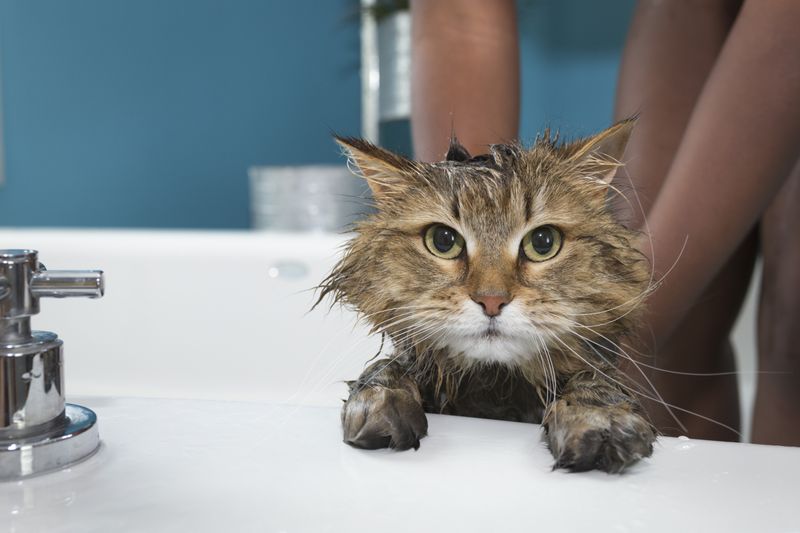
Bathing a dog might be messy but possible. Bathing most cats? Prepare for bloodshed! Their self-cleaning nature makes regular baths unnecessary and traumatic.
Cats spend up to 50% of their waking hours grooming themselves. Their rough tongues remove dirt and distribute natural oils perfectly. Forcing dog-like grooming routines disrupts this self-care system and creates unnecessary stress for both of you.





